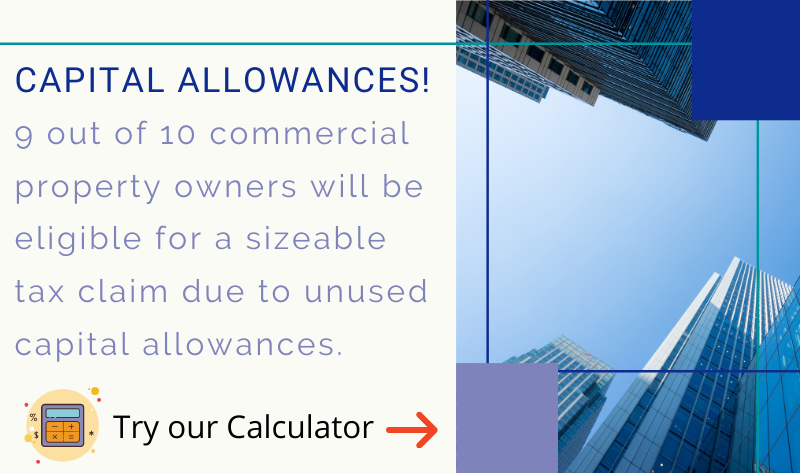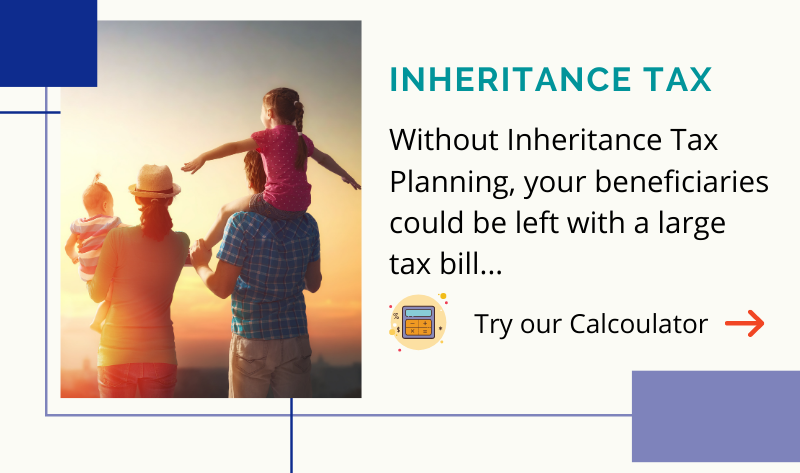
(8 Minute Read)
What the budget means for you in a nutshell
Personal Tax.
Increase in personal allowance in 2021/22 up to £12,570, then frozen at that level until at least 2026.
Higher Rate threshold increased to £50,270, and frozen at this level.
There are no changes in the ISA subscription limit, meaning you will still be able to put £20,000 a year into your ISA tax free.
The Pension Personal Lifetime allowance will remain unchanged, at £1,073,100.
The Inheritance Tax nil-rate band will remain £325,000 until at least 2026.
The Capital Gains Tax Annual Exempt Amount will remain at the current rate of £12,300, or £6,150 for trusts, until April 2026.
The amount of savings income that is nil-tax will remain at the same level.
Dividend Allowance will remain at £2,000.
Stamp Duty Land Tax (SDLT) holiday which raised the threshold to £500,000 has been extended to June 2021. Between July and September 2021 the SDLT threshold will be £250,000 and from October 2021 will return to £125,000.

Business Tax
In April 2023 the Corporation Tax rate will increase to 25% for businesses with profits over £250,000. Corporation Tax for businesses with profits of up to £50,000 will stay at 19%, and the rate will be tapered for profits between £50,000 and £250,000.
The way the tapered relief works means that some businesses with profits of between £50,000 and £250,000 will end up paying a marginal rate of over 25%. This could mean that a partnership or mixed structure may be more tax efficient.
Businesses will be allowed a 130% two-year super deduction between 1st April 2022 and 31st March 2023. This will apply when investing in qualifying ‘main rate’ plant and machinery. For qualifying ‘special rate’ assets there will be a 50% first year allowance.
Analysis shows that spending £1 million fitting our an office will benefit from cash savings over two years of £120,000. Even with the increase in Corporation Tax the cash benefit over five years in £135,000. For more information on Capital Allowances, check out the link above.
The period in which a company can carry back trading losses will be increased from 1 year to 3 years. This will apply to trading periods between 1st April 2020 and 31st March 2022 for limited companies, and to tax years ending in 2021 and 2022 for non-limited companies.
The 1 year carry back remains unrestricted, but the 2nd and 3rd year will be capped a £2 million. This cap is applied to the year in which the losses occur, not the year to which they are carried back.
VAT
5% reduced rate of VAT for the hospitality and leisure sector has been extended to September 2021. This will be increased to 12.5% from October 2021 to March 2022, and then the standard 20% will apply from April 2022.
The VAT registration threshold remains unchanged at £85,000 and will stay that way until at least March 2024.
Making Tax Digital will apply to all VAT registered businesses from April 2022. This means that VAT registered businesses are now required to follow MTD rules by keeping digital records and using software to submit their VAT returns. We will have more information on this to follow, so stay tuned!
The VAT repayment scheme for VAT deferred in 2020 is now operational. To apply to this service, which allows the repayments to take place over 11 months with no interest, you must sign up by the 21st June 2021. If you already have a time-to-pay arrangement in place for this VAT then you cannot use this scheme.
If you are on Annual Accounting or the VAT Payment on Account Scheme then you will be able to join a new scheme which is set to open later in March 2021.

Business Rates
The 100% Business Rates holiday for businesses in the retail and leisure sector has been extended by three months taking it to at least June 2021.
From July 2021 there will be a period when the rates will be two-thirds of the normal charge, up to a maximum of £2 million, for closed businesses.
Covid 19 Support
Furlough scheme will continue to 30th September 2021. However, in July the employer will have to pay for 10% of the hours the staff do not work, and this will increase to 20% for August and September.
The Government announced a further loan scheme, the Recovery Loan Scheme, which will run from 6th April 2021 until 31st December 2021, providing loans and overdrafts up to £10 million over six years.
These loans will be 80% guaranteed by the Government, and for loans up to £250,000 there will be no personal guarantees and an individual’s home cannot be taken as security.
The fourth and fifth Self-Employment Income Support Schemes (SEISS) have been announced.
The fourth SIESS grant will be for 80% of trading profits, capped at £7,500. It is to cover the income affected from February 2021 to April 2021. The online application will be available from late April. This is so HMRC can process the 2019-20 Self-Assessment Tax Returns. Applications must be made by 31st May 2021.
The fifth and final SEISS grant will open in late July 2021. This grant will cover May 2021 to September 2021, and will be determined by how much your income has been affected by COVID-19.
The grant will be worth 80% of the trading profits, capped at £7,500, but only if your turnover has been reduced by at least 30%. If your turnover has been reduced by less than 30% then you will only be entitled to 30% of your trading profits over this period.
Restart Grant
Shops will be able to claim grants of up to £6,000 to reopen on the 12th April 2021. Hospitality and leisure will be able to claim up to £18,000.
Other Stuff…
HMRC are looking at renewing and expanding the Research and Development tax credit options to include more enterprises, and make sure that the UK remains competitive internationally. This includes possible expansion for accessing datasets, cloud computing, and many more! If you want to know more about how you could get 230% tax relief for Research and Development, check out the link below.
Employers in England who hire a new apprentice between 1at April 2021 and 30th September 2021 will receive £3,000 per new hire, which is on top of the existing £1,000 already received for taking on an apprentice. If you hire a trainee, you could get a bonus payment of £1,000 so by hiring a trainee then enrolling them as an apprentice you could get £5,000.
Kind regards Ilyas

